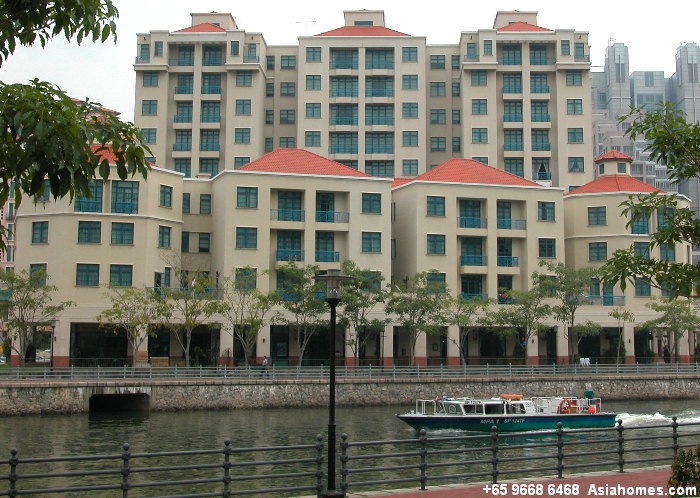
Singaporean real estate benefits from improving economy
The cash flow from properties backing Singaporean CMBS has been strong, an ongoing trend thus far in 2010. Accordingly, there are no Moody’s rating implications on outstanding transactions.
In the report -- which covers 3Q2010 and is entitled "Singaporean CMBS 3Q2010 Performance Review" -- actual debt service coverage ratios were three times, while appraisers' loan-to-value ratios were in the 16-34 per cent range.
"For the office buildings in these transactions, performance has improved gradually, benefited from the improving Singaporean economy," says Marie Lam, a Moody's VP/Senior Credit Officer and author of the report.
"Vacancy rates, for example, continued to decline in 3Q, ranging from 5.5 per cent to 10 per cent, an improvement from the over-10 per cent that prevailed in 2009. Rental rates, however, saw a slight drop during the quarter, possibly because of new leases. For securitized non-suburban shopping malls, rental rates softened slightly in 3Q, as the abundant supply of retail space resulted in a more competitive environment," adds Lam.
"Still, vacancy rates have stayed very low, as the malls have benefited from an improvement in retail sales and a revival in tourism."
"Meanwhile, the suburban shopping malls have maintained their robust performance, with strong rental and low vacancy rates."
Overall, the commercial real estate sectors in CMBS transactions have benefited from the improving Singapore economy, which recorded 10.3 per cent GDP growth in 3Q2010 from a year ago and an unemployment rate of 2.1 per cent in September.
























 Advertise
Advertise






